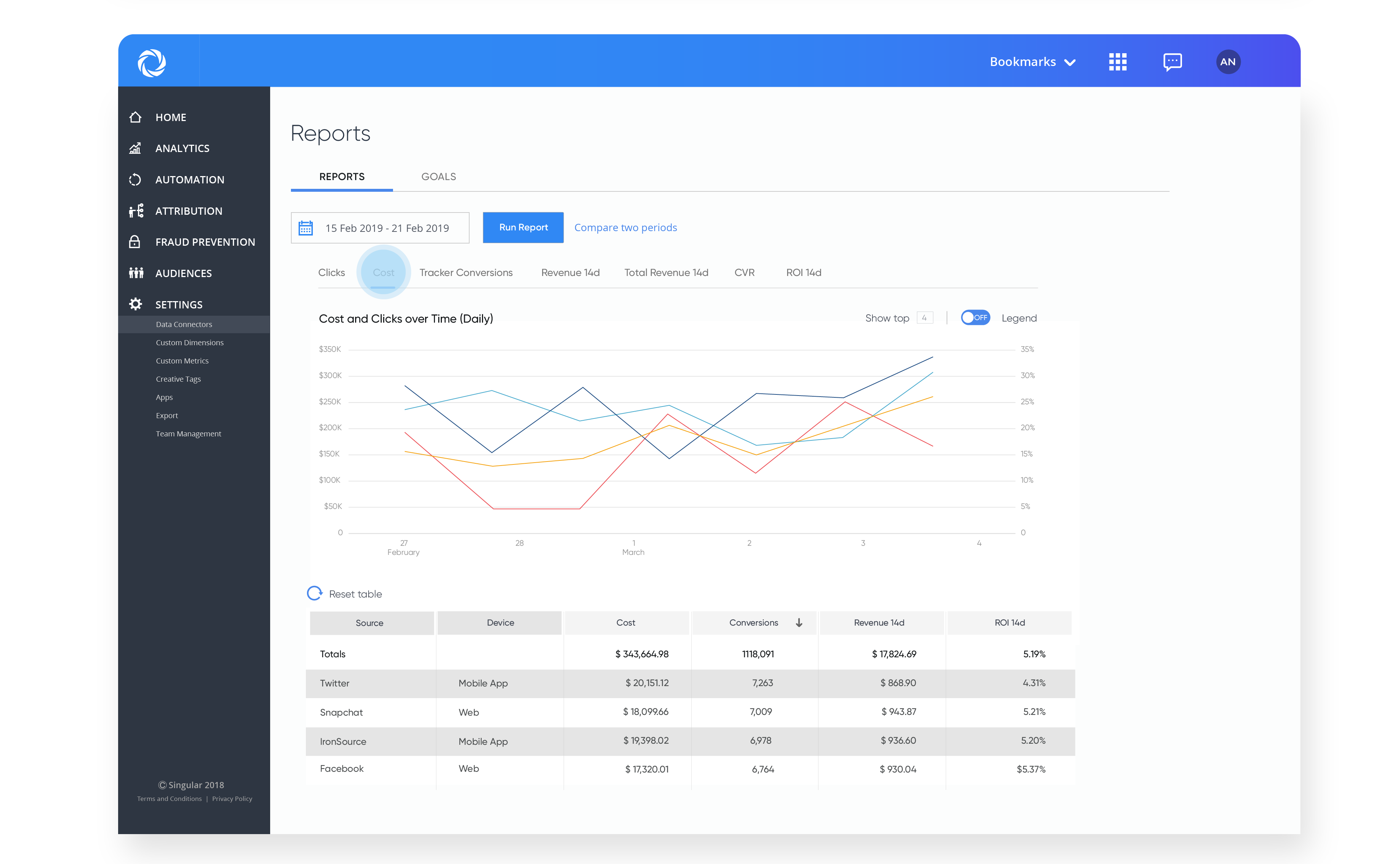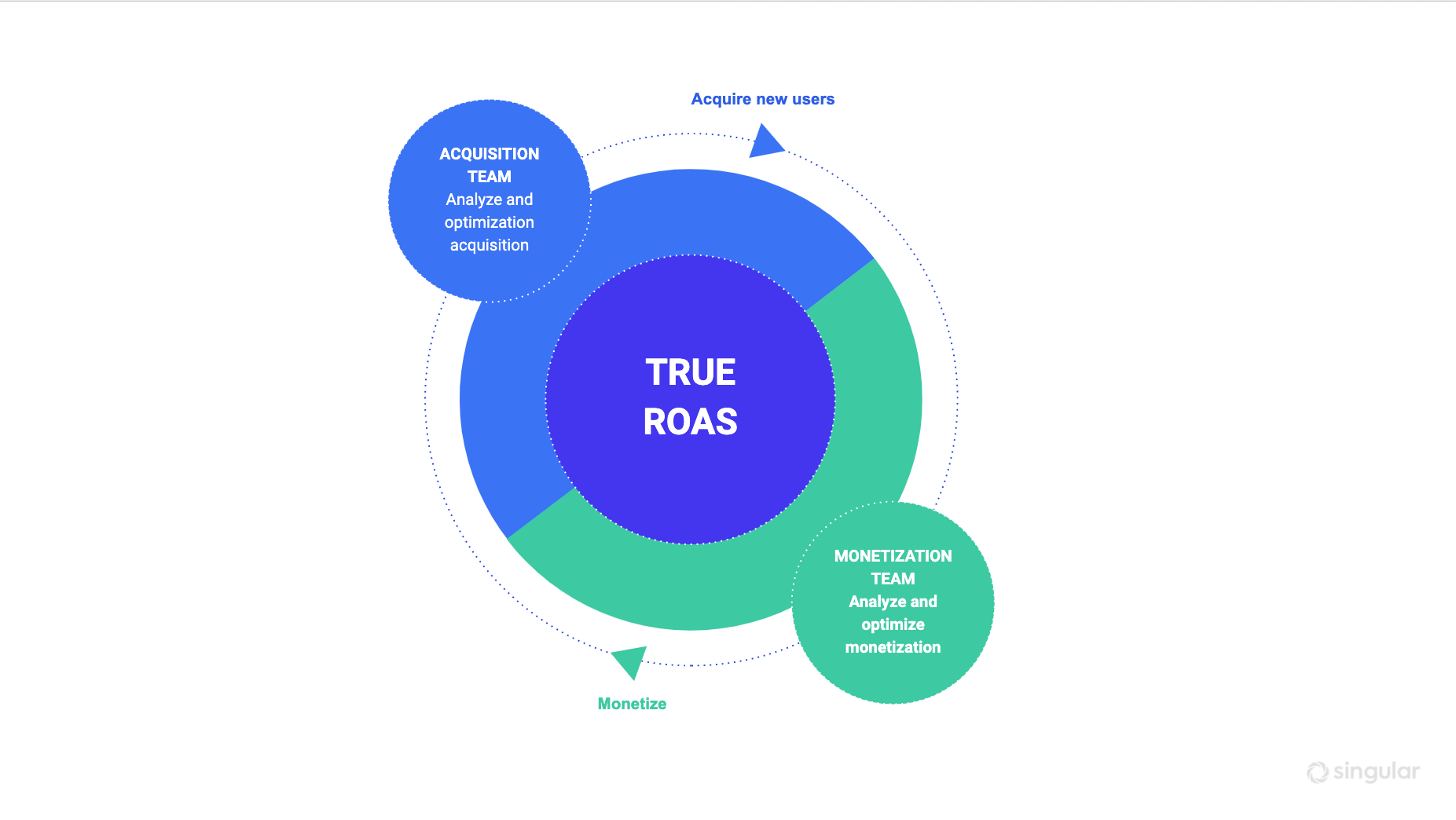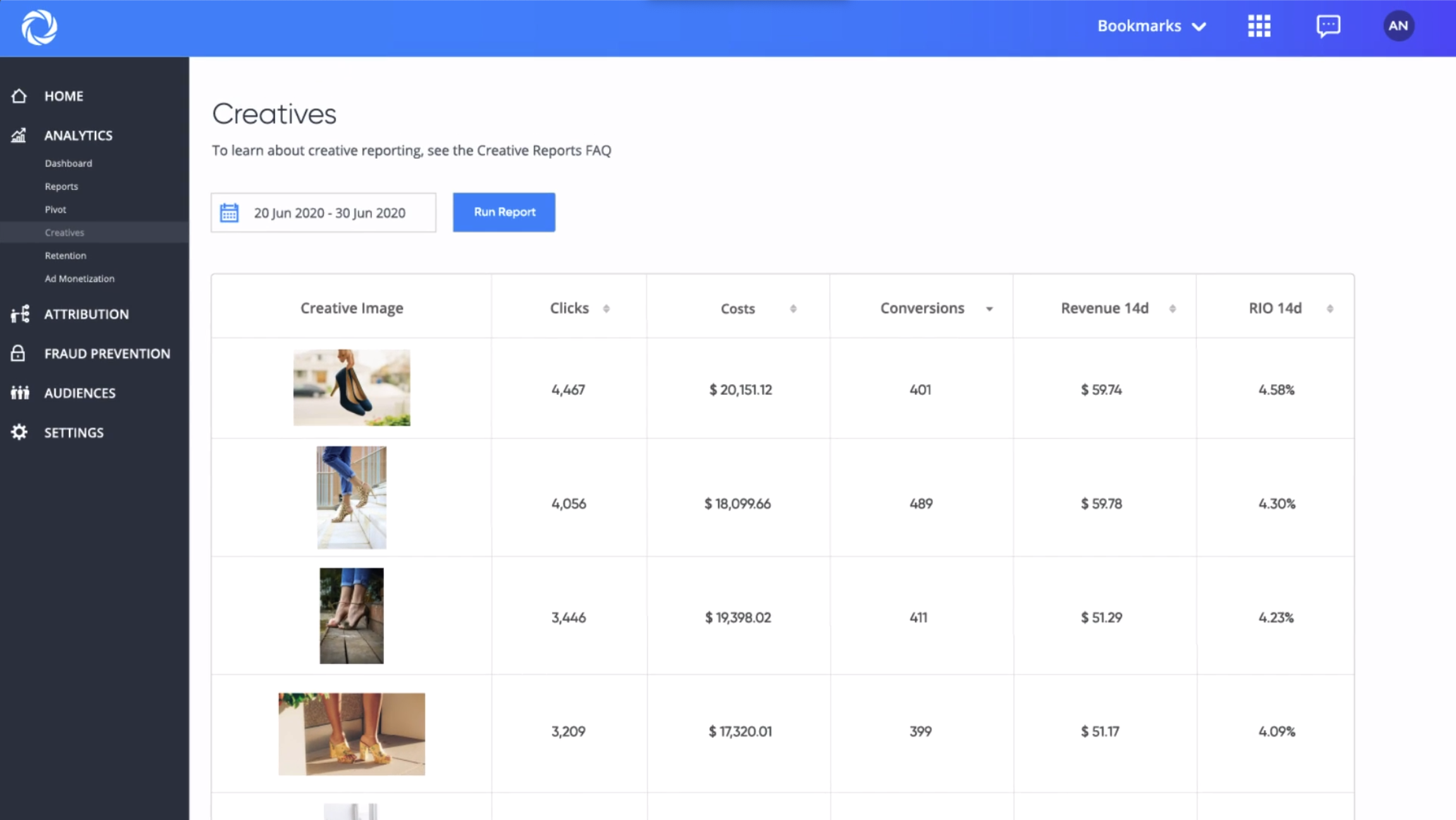7 teams marketers need to keep aligned even when we’re all in our home offices
My home office is great. The snacks suck, but the upside of the downside is fewer pounds on the scale.
But there are other challenges. More important ones, like staying on the same page with the teams I work with. Not shockingly, that’s exactly the same challenge performance marketing teams are facing right now.
Slack is good. Email still works. Zoom is also wonderful. Google docs and spreadsheets are simple and collaborative. But for modern marketers, the key thing that they need everyone on the same page about is the ground truth that undergirds and supports everything they do: their data.
“Double down on your data … the room for error here has gone to zero.”
– Lauren Vaccarello, CMO, Talend
What’s CAC? What was it last week? Where’s it trending? Where’s our ROAS? Our overall ROI? Is LTV edging up or down? Is retention suffering since the last product update? What’s changing over the past weeks of lockdown … or reopening? How is engagement trending over recent cohorts? How much are we spending … how fast are we recouping that cost via monetization … and it goes on and on and on.
Without ground truth to align all teams, everyone can easily work at cross-purposes. But with the same basic understanding, even remote teams can seamlessly sync to achieve group goals.
And that makes a system of marketing record like Singular essential for at least seven teams:
- Acquisition
- Monetization
- BI/Analytics
- Finance
- Creative
- Retention
- Product
One: Acquisition
Acquisition is the most obvious team to start with.
They’re on the front lines of new user and customer acquisition. And whether your “team” means a single person or multiple groups, Acquisition needs to know how much you’re spending, what’s trending more expensive or less, what results every campaign is generating, and where you’re sourcing the greatest return.
For teams with marketing scale, aggregating spend is critical. Understanding the relative value of new users or customers from different channels — paid and organic — is essential. Seeing how individual channels are trending over time and being able to test new channels for better spend efficiency is important.
“Focus ruthlessly on acquisition costs.”
– Carly Brantz, CMO, DigitalOcean
The challenge is that when everyone is at home in their own space, it’s harder to operate with the same ground truth. The last thing any company needs is multiple user acquisition specialists with diverging plans and random results. Being able to do it all with customized views of the unified data available to everyone just makes everything that much better.

It’s not just about being conservative and staying safe. Thanks to COVID-19, there’s unfilled inventory in the ad markets that’s resulting in downward pricing pressure. And that means user acquisition specialists need to consider re-trying channels they’ve looked at before and abandoned.
What was too expensive before … might be perfect now.
Two: Monetization
Acquisition and Monetization are the Yin and Yang of mobile growth. While they don’t stand alone — there are the other five teams that are essential for modern marketing — they’re the most obvious and the most directly engaged in the act of growth … with the possible exception of Creative.
Depending on the vertical you’re in, there are major opportunities in mobile right now.
“There is a windfall right now and a window for a lot of folks to really accelerate market share.”
– Grant Harbin, CEO, Headlight; Former VP Growth, KIXEYE
Monetization needs to connect to acquisition: what’s coming down the pipe in terms of new cohorts? Monetization also needs to connect with Finance: what are our revenue trends, and how quickly can we cycle cash back into acquisition?

And the same is true with almost every other team: BI/analytics helps monetization understand if they’re trending in the right directions. Creative provides raw material for offers and upsells. Retention helps extend the monetization time frame. Product tweaks user and customer experience in ways that — hopefully — benefit monetization.
Three: BI/Analytics
Data is a big part of the core of everything the modern marketer uses to inform strategy and adjust tactics. So your BI team, data science group, analytics people, or whatever you call your data team is critical. BI’s job is to get and maintain canonical data which others can access at need, as well as to generate insights off the most accurate and complete data possible.
That means BI works with literally everyone.
One option from Singular that can help: ETL.
Singular ETL helps BI automate data pipeline management and delivers data in a schema that works for you. It pushes data into analysis and presentation tools you already use, and lets you use predictive analytics, LTV models, ROI models, retention models, cash flow models, and any automations you’ve already built.

It’s about having a single source of marketing truth in every vertical, especially those that maybe haven’t had it in the past, like retail:
“COVID has kind of exposed retail … retailers have to really start getting a single source of truth from this data so that they can get better customer insights around consumers’ wants, needs, and desires.”
– Tom Litchford, Head Worldwide Business Development – Retail, Amazon Web Services
BI/analytics needs to ensure that campaigns, costs, conversion rates, ROI, ROAS, and revenue from every source, including subscriptions, IAPs, and ad monetization is accounted for and baked into every team’s models. Getting the right slices of that same reality-of-record dataset to every team — including both aggregate and user-level where available and appropriate — is critical to keeping everyone on the same page.
Four: Finance
No finance person ever has wanted to be out of the loop of costs, revenue, profit margins, and regular up-to-date reporting. Especially in a time of rapid change.
Which, spoiler alert, is what we’re in.
This is especially important right now, because there’s increased complexity. Every country has slightly different regulations and timetables around Coronavirus and COVID-19, and that means every country is in different phases of lockdown and reopening. All of that significantly impacts marketing costs, results, and ROAS.
“Every market is really different. During the COVID times we have these very different restrictions. You need to answer these separately: you can’t answer them all in the same way with one central strategy.”
– Michael Wicke, VP International Marketing, Delivery Hero
Five: Creative
We know that creative is critical for user and customer acquisition success. And, thanks to the black boxes of advertising optimization that most self-attributing networks have built, it’s one of the last levers marketers have to impact growth.

Your creative team needs data on what creatives are working for: what images and messages are resonating with potential and existing customers. They need to be able to run creative reporting independently — give them the keys to the car — as well as to get more in-depth reports from BI/analytics teams.
With accelerated change right now, this is more critical than ever, and the Acquisition teams depend on rapid and in-sync learning from the Creative team’s side.
“Our instinct has never been less equipped to help us through this. So we’re really doubling down on the data.”
– Rebecca Nackson, CEO, Notable
That’s not just about growth, it’s also about brand safety. Creative doesn’t just age, it also communicates different things based on what’s happening in the world. A message that is fine one day is tone deaf the next simply due to current events. Backlash in the case of a seriously out-of-place message could derail your growth or even seriously threaten the survival of your company.
So it’s critical that your Creative team has the tools it needs to stay current and effective.
Six: Retention
Everything you do is impacted by retention. How many new users or customers you need to acquire, how valuable the ones you did get are, and whether you can maintain cost-effective growth is all dependent on retention.
And when paid acquisition is slow because cash is in short supply, both organic acquisition and retention becomes even more important.
“A lot of marketers are in a zero-budget space now. So we have to be very creative.”
– Justė Rastenytė, Senior Product Marketing Manager, Trafi
Whether this is a team, an individual, or a collective responsibility, whoever is focused on retention needs accurate cohort data on longevity and monetization. Insights into which cohorts from what sources perform better needs to get back to Acquisition. Data on how users or customers respond to revenue-generation attempts needs to be available to Monetization. Insights on product changes needs to go back to Product.
Mess up retention, and pretty much nothing else matters.
Acquisition can’t fill a bottomless bucket. Product can’t deliver improvements to users who are already gone. Finance can model revenue curves, but without engagement and retention, they’ll just be a fantasy.
Seven: Product
Honestly, product should probably be first in this list. Without an app or product that creates a customer experience, there’s nothing that marketing can even onboard users or customers onto. And without the right user experience, no-one stays.
But mobile product development teams need to be extremely in tune with acquisition, retention, and monetization efforts. With shutdown, many gaming apps found that users traveled through the stages and levels of their apps much quicker: if in normal times it took a week to go through three levels, with COVID-19 it took less than a day.
Similarly, customer acquisition funnels and customer journeys have been shortened for retail apps, fitness-related apps, even news apps.
Ensuring that all teams stay synced up is critical. Monetization might come faster. Disillusionment with the app experience might also come faster. And we know that retention has been a challenge during Coronavirus. The acquisition funnel is important. But the growth loop, which product is a key part of, is essential.
Maximum marketing alignment
If aligning your marketing teams is both critical and challenging in the best of times, how much harder is it now when we’re stressed, separated, lonely, and physically siloed? LinkedIn, Lyft, Poshmark, and Calm use Singular to align their teams around common KPIs, metrics, and goals.
If it works for them, chances are it’s going to work for you as well.
Actionable insights in a single view. Creative reporting for all your ads. Scalable attribution for 100% of your user and customer acquisition. Reliable piping of data wherever you want it. And full transparency into normalized outcomes as well as costs and revenues. Growth, Design, BI/analytics, Design, and Finance: all on the same team.
Stay up to date on the latest happenings in digital marketing


